How to Explore the Science Behind Vape Liquids
The growing popularity of vaping has sparked curiosity about the science behind vape liquids, also known as e-liquids. These substances are more than just flavored solutions; they are a carefully engineered blend of chemicals that transform into the vapor inhaled by users. To fully understand vape liquids, it’s essential to explore their ingredients, the chemistry of vaporization, and the potential health implications.
Core Components of Vape Liquids
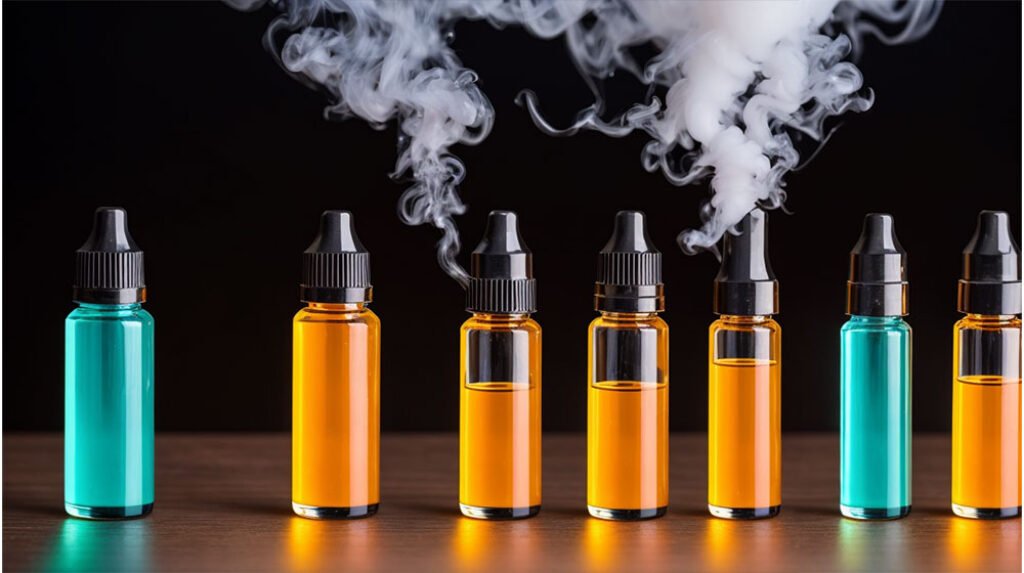
1. Propylene Glycol (PG)
Propylene glycol is a synthetic compound widely used as a base for vape liquids. Known for its ability to carry flavor effectively, PG provides a throat hit that mimics the sensation of smoking traditional cigarettes. The FDA categorizes PG as “generally recognized as safe” (GRAS) for ingestion, but its safety when inhaled is less clear. Studies, such as one published in Environmental Science & Technology (2018), suggest that prolonged exposure to aerosolized PG could lead to mild respiratory irritation.
2. Vegetable Glycerin (VG)
Derived from plant oils, vegetable glycerin is responsible for the dense vapor clouds that vaping enthusiasts enjoy. VG has a sweet taste and is hypoallergenic, making it suitable for most users. However, research indicates that when heated to high temperatures, VG can decompose into acrolein, a chemical linked to respiratory irritation.
3. Nicotine
Nicotine is an optional but common ingredient in vape liquids. Its concentration varies, allowing users to choose the strength that suits them. While nicotine is less harmful than the tar and carcinogens in cigarettes, it is still highly addictive. A study published in The New England Journal of Medicine (2016) highlights nicotine’s effects on cardiovascular health, emphasizing its potential risks even in vaporized form.
4. Flavorings
Flavor concentrates in vape liquids range from natural extracts to artificial compounds. These flavors are key to the vaping experience but can pose risks. For instance, diacetyl, a buttery flavoring agent, has been linked to bronchiolitis obliterans, or “popcorn lung.” The 2015 study by the Harvard T.H. Chan School of Public Health found diacetyl present in over 75% of flavored e-liquids tested, raising concerns about flavor safety.
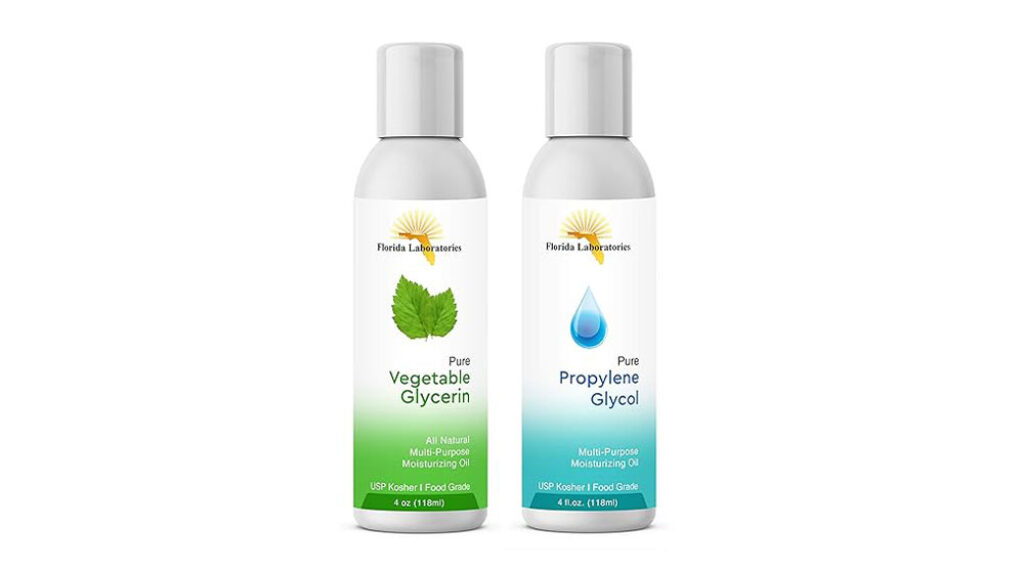
The Chemistry Behind Vaporization
The transformation of vape liquids into inhalable vapor occurs in an atomizer, which heats the liquid to temperatures between 200°F and 450°F. This process involves several chemical reactions:
- PG and VG Decomposition: At high temperatures, PG and VG can degrade into harmful aldehydes, such as formaldehyde and acetaldehyde.
- Nicotine Transformation: Nicotine remains relatively stable but may lose potency or form impurities at extreme temperatures.
- Flavoring Reactions: Some flavoring compounds, when heated, release volatile organic compounds (VOCs) that may irritate the lungs.
To mitigate risks, experts recommend maintaining moderate device temperatures and ensuring e-liquid ingredients are tested for thermal stability.
Health Implications of Vape Liquids
Vape liquids are often marketed as a safer alternative to traditional cigarettes, but they are not risk-free. Key health concerns include:
1. Respiratory Effects
The inhalation of aerosols can irritate the airways. A 2018 study in Scientific Reports showed that e-liquid vapor contains fine particulate matter capable of triggering inflammation in the lungs.
2. Long-Term Exposure
Research published in Tobacco Control (2021) revealed that e-liquid aerosols contain heavy metals like nickel and lead, which are likely derived from the device’s heating elements. Chronic exposure to these metals may contribute to lung and cardiovascular diseases.
3. Addiction Potential
Nicotine, a primary ingredient in many e-liquids, is highly addictive. While vaping eliminates the harmful combustion by-products of smoking, nicotine addiction remains a significant concern, particularly among young users.
Recent Research and Innovations
1. Comprehensive Chemical Analysis
A groundbreaking study by Johns Hopkins University in 2022 identified over 2,000 unknown chemicals in vape aerosols, demonstrating the complexity of these products and the gaps in regulatory oversight.
2. Device Advancements
Manufacturers are developing temperature-controlled devices designed to minimize the breakdown of e-liquid components. Innovations such as ceramic coils help reduce the risk of harmful chemical emissions.
3. Alternative Formulations
Some companies are exploring alternatives to PG and VG, such as triacetin, to create e-liquids that are less prone to decomposition. These formulations aim to reduce health risks while maintaining user satisfaction.
FAQs
What are the main ingredients in vape liquids?
Vape liquids typically contain propylene glycol, vegetable glycerin, nicotine (optional), and flavorings.
How do PG and VG ratios affect the vaping experience?
Higher PG ratios enhance flavor and provide a stronger throat hit, while higher VG ratios produce thicker vapor clouds.
Are there health risks associated with vaping flavors?
Yes, some flavoring agents, like diacetyl, can release harmful by-products when heated, potentially causing respiratory issues.
What harmful chemicals can be produced when vaping?
Chemicals like formaldehyde, acetaldehyde, and acrolein can form when vape liquids are heated to high temperatures.
Is nicotine in vape liquids addictive?
Yes, nicotine is highly addictive and can lead to dependency, particularly in younger users.
Conclusion
Exploring the science behind vape liquids unveils the intricate chemistry and potential risks associated with vaping. While these products may offer a less harmful alternative to smoking, understanding their components, the effects of heating, and emerging research is crucial for making informed decisions. Whether you’re a user or simply curious about the science, staying educated ensures a safer and more informed approach to vaping.


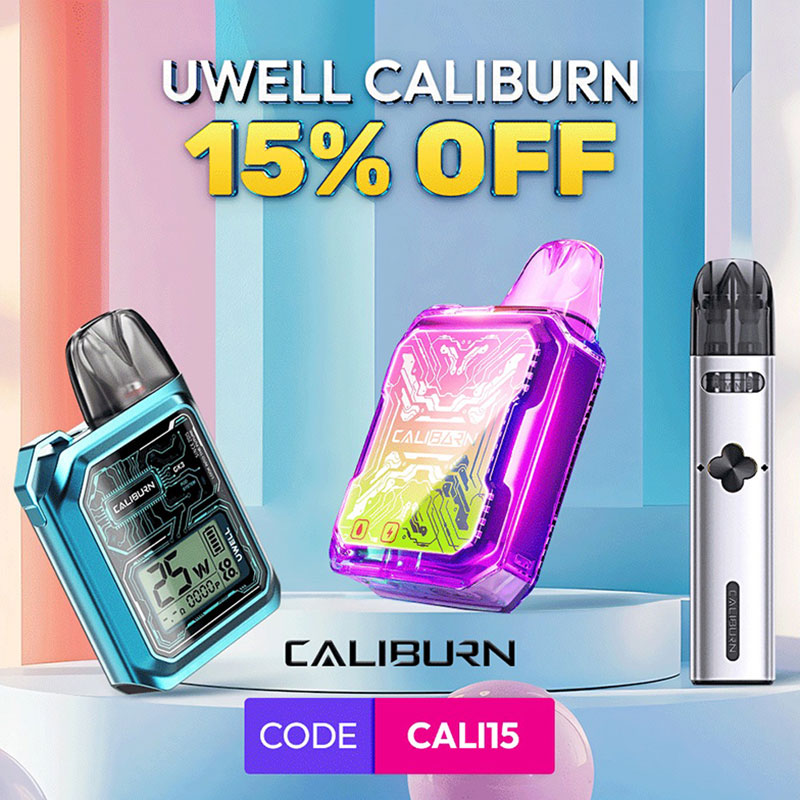
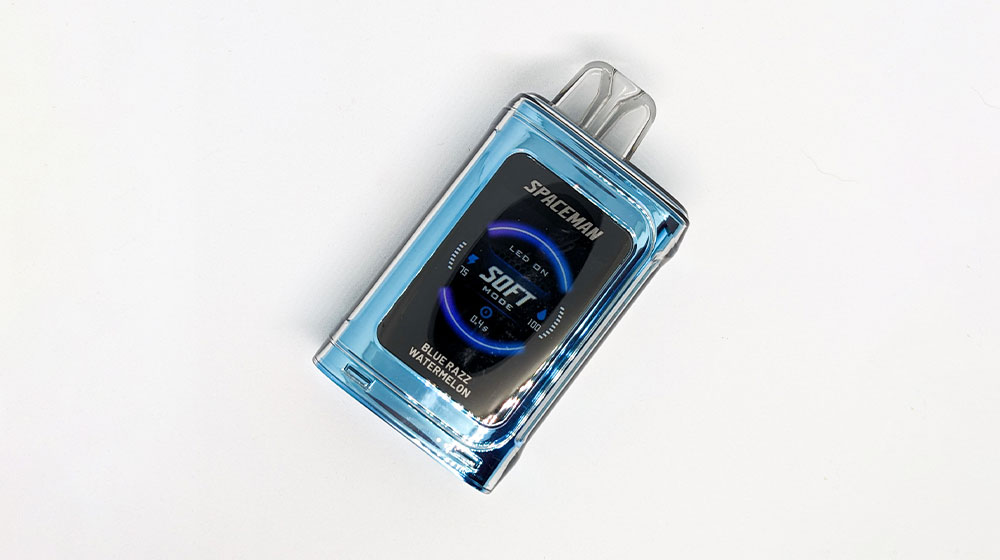

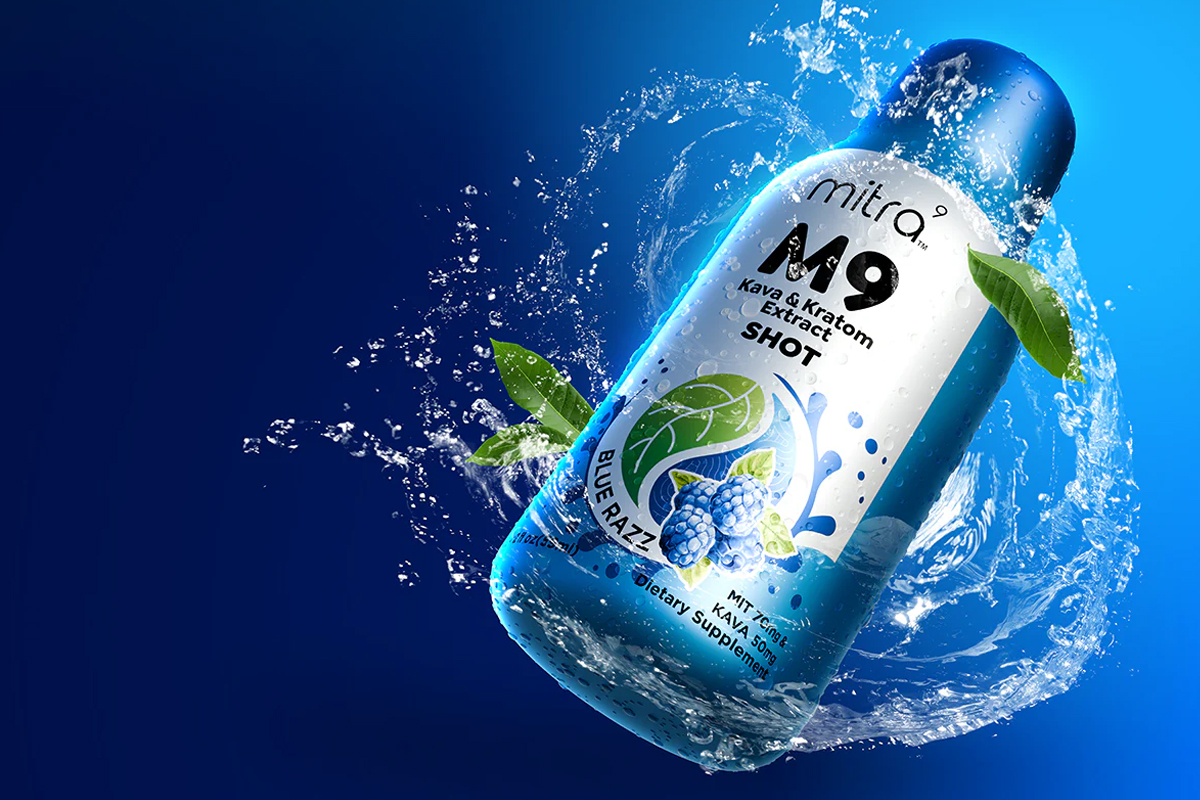
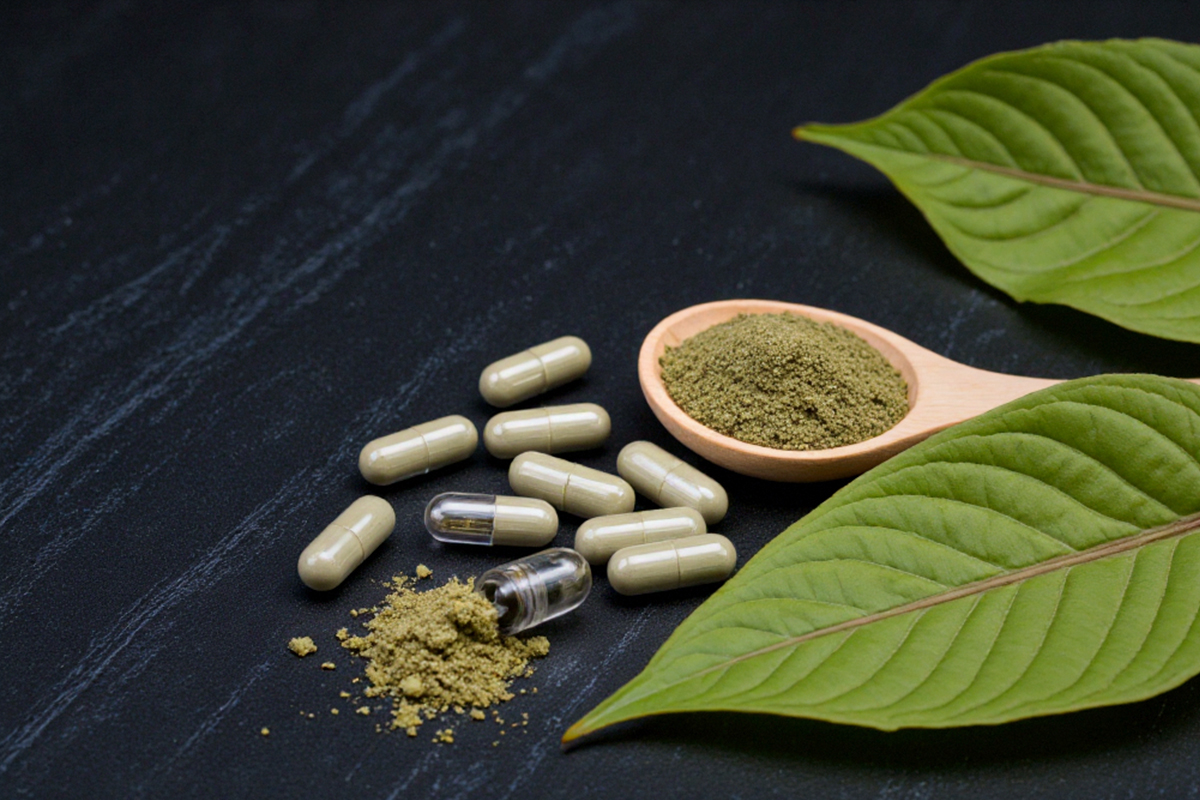


[…] the array of risks associated with vaping, backed by authoritative data. By delving into the science behind vape‑induced injury, we aim to provide both current and potential vapers with the critical […]